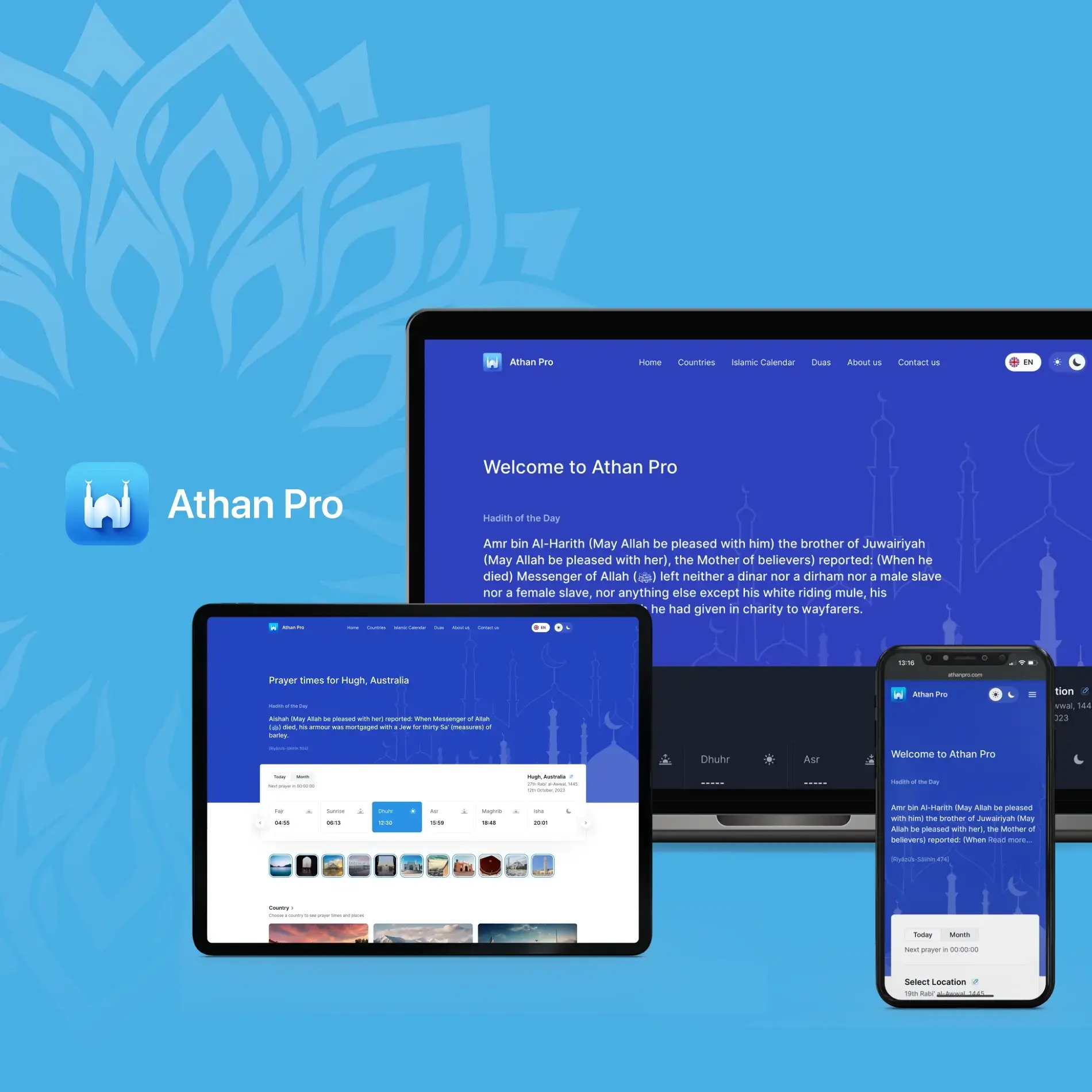
- Project Management
10 Ways to Increase Speed in Software Development
In this article, we will discuss why the software development speed is important, and show how JetBase can help you speed up.
November 17, 2023 | Updated on November 24, 2025 | 3 min

Alex Padalka
CEO and Co-founder at JetBase
Our Cases
Innovation isn’t just about ideas - it’s about execution, turning vision into reality, and creating solutions that truly make an impact. See what we’ve built and how it works:
- HealthCare
- Media & Entertainment
- eCommerce
- Amazon Web Services
- Cloud Cost Optimization
- Serverless Application
- Retail
- HealthCare
- Media & Entertainment
- eCommerce
- Amazon Web Services
- Cloud Cost Optimization
- Serverless Application
- Retail












